|
Your search criteria found 1300 images Gallery: Universe |
| My List |
Addition Date | Target |
Mission
|
Instrument | Size |

|
2013-04-23 |
Hubble Space Telescope Wide-field Infrared Survey Explorer (WISE) |
WISE Telescope |
4095x2842x3 | |
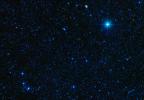
|
|||||

|
2017-05-10 |
Hubble Space Telescope XMM-Newton Chandra X-ray Observatory Spitzer Space Telescope |
Very Large Array (VLA) |
1296x1024x3 | |
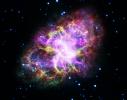
|
|||||

|
2009-11-03 |
IRAS |
1200x601x3 | ||
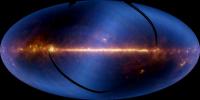
|
|||||

|
2009-11-17 |
IRAS |
1440x540x3 | ||
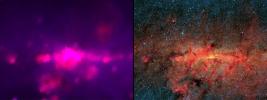
|
|||||

|
2009-11-17 |
IRAS |
720x540x3 | ||
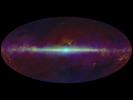
|
|||||

|
2022-10-12 | Star |
James Webb Space Telescope |
Mid-Infrared Instrument (MIRI) |
2258x1558x3 |
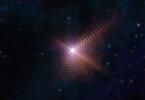
|
|||||

|
2009-04-16 |
Kepler |
Photometer |
2385x2974x3 | |

|
|||||

|
2009-04-16 | NGC 6791 |
Kepler |
Photometer |
5876x5876x3 |
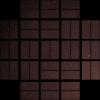
|
|||||

|
2009-04-16 | NGC 6791 |
Kepler |
Photometer |
2400x1800x3 |
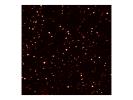
|
|||||

|
2009-04-16 | NGC 6791 |
Kepler |
Photometer |
2400x1800x3 |
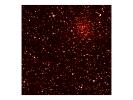
|
|||||

|
2010-08-26 | NGC 6791 |
Kepler |
3000x2400x3 | |
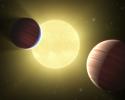
|
|||||

|
2011-01-10 |
Kepler |
3600x2026x3 | ||
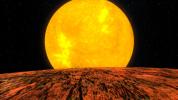
|
|||||

|
2011-02-02 |
Kepler |
3300x2550x3 | ||
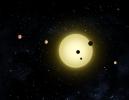
|
|||||

|
2011-12-20 | Kepler-20 |
Kepler |
4200x2700x3 | |
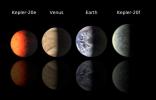
|
|||||

|
2011-12-20 | Kepler-20 |
Kepler |
1280x720x3 | |
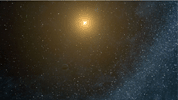
|
|||||

|
2011-12-20 | Kepler-20 |
Kepler |
4264x2400x3 | |
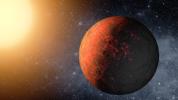
|
|||||

|
2011-12-20 | Kepler-20 |
Kepler |
4264x2400x3 | |
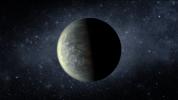
|
|||||

|
2012-01-11 |
Kepler |
4268x2400x3 | ||
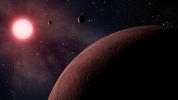
|
|||||

|
2012-01-11 |
Kepler |
5400x2400x3 | ||
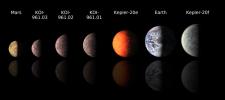
|
|||||

|
2012-01-11 |
Kepler |
3000x2000x3 | ||
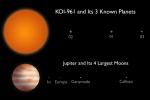
|
|||||

|
2012-05-21 |
Kepler |
1500x1200x3 | ||
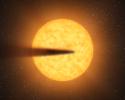
|
|||||

|
2013-02-20 |
Kepler |
1067x600x3 | ||
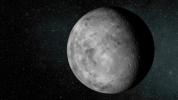
|
|||||

|
2013-02-20 |
Kepler |
3600x1895x3 | ||
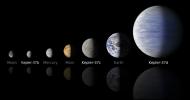
|
|||||

|
2013-04-04 |
Kepler |
5120x2880x3 | ||
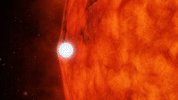
|
|||||

|
2013-04-04 |
Kepler |
3000x2400x3 | ||
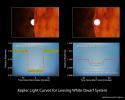
|
|||||

|
2013-04-18 |
Kepler |
6112x4680x3 | ||
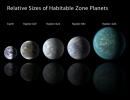
|
|||||

|
2013-04-18 |
Kepler |
3400x2400x3 | ||
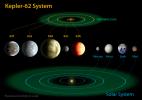
|
|||||

|
2013-04-18 |
Kepler |
3400x2400x3 | ||
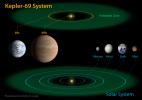
|
|||||

|
2013-04-18 |
Kepler |
4268x2400x3 | ||
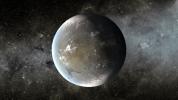
|
|||||

|
2013-04-18 |
Kepler |
4268x2400x3 | ||
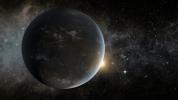
|
|||||

|
2013-04-18 |
Kepler |
4000x2251x3 | ||
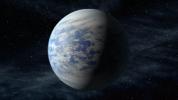
|
|||||

|
2013-04-18 |
Kepler |
4268x2400x3 | ||
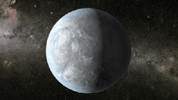
|
|||||

|
2013-07-17 |
Kepler |
4268x2400x3 | ||
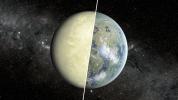
|
|||||

|
2013-10-25 |
Kepler |
5333x3000x3 | ||
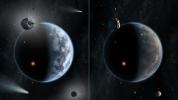
|
|||||

|
2014-02-04 |
Kepler |
3000x2400x3 | ||
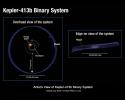
|
|||||

|
2014-02-27 |
Kepler |
1200x860x3 | ||
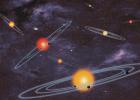
|
|||||

|
2014-04-17 |
Kepler |
4534x2550x3 | ||
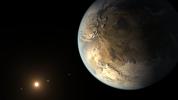
|
|||||

|
2014-04-17 |
Kepler |
4534x2550x3 | ||
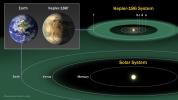
|
|||||

|
2014-12-18 |
Kepler |
3000x2400x3 | ||
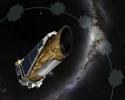
|
|||||

|
2015-01-28 |
Kepler |
1920x1080x3 | ||
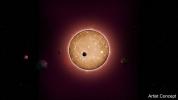
|
|||||

|
2015-07-23 |
Kepler |
4534x2550x3 | ||
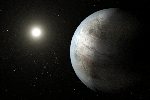
|
|||||

|
2015-07-23 |
Kepler |
4534x2550x3 | ||
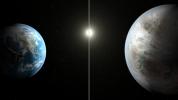
|
|||||

|
2015-07-23 |
Kepler |
3400x2400x3 | ||
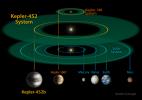
|
|||||

|
2015-07-23 |
Kepler |
4000x3000x3 | ||
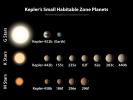
|
|||||

|
2015-07-23 |
Kepler |
4096x2304x3 | ||
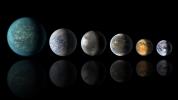
|
|||||

|
2016-03-21 |
Kepler |
1920x1080x3 | ||
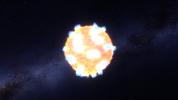
|
|||||

|
2016-04-07 |
Kepler |
2400x2329x3 | ||
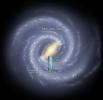
|
|||||

|
2016-06-20 |
Kepler |
4800x2700x3 | ||
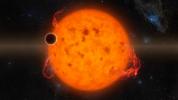
|
|||||

|
2016-06-20 |
Kepler |
4294x2415x3 | ||
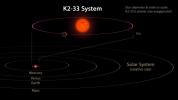
|
|||||

|
2016-06-20 |
Kepler |
1260x658x3 | ||
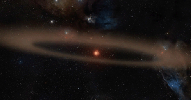
|
|||||

|
2016-10-18 |
Kepler |
5000x3117x3 | ||
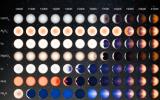
|
|||||

|
2016-10-21 |
Kepler |
4800x2700x3 | ||
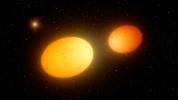
|
|||||

|
2017-04-12 |
Kepler |
1280x960x3 | ||
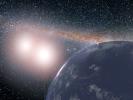
|
|||||

|
2017-12-14 |
Kepler |
8700x2628x3 | ||

|
|||||

|
2017-12-14 |
Kepler |
1152x648x3 | ||
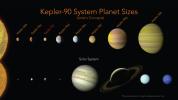
|
|||||

|
2018-01-11 |
Kepler |
5120x2880x3 | ||
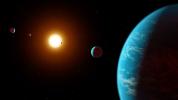
|
|||||

|
2018-03-26 |
Kepler |
1337x706x3 | ||
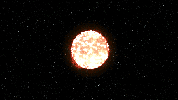
|
|||||

|
2018-03-26 |
Kepler |
1339x705x3 | ||
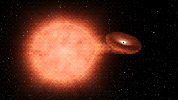
|
|||||

|
2018-03-26 |
Kepler |
1334x701x3 | ||
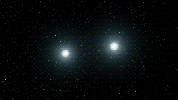
|
|||||

|
2018-03-26 |
Kepler |
1336x710x3 | ||
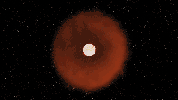
|
|||||

|
2020-04-15 |
Kepler |
3840x2160x3 | ||
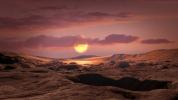
|
|||||

|
2020-04-15 |
Kepler |
3840x2160x3 | ||
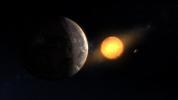
|
|||||

|
2020-04-15 |
Kepler |
3741x2244x3 | ||
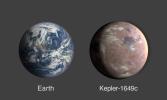
|
|||||

|
2016-10-07 | Comet |
Kepler Rosetta |
1786x1030x1 | |
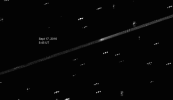
|
|||||

|
2013-09-30 |
Kepler Spitzer Space Telescope |
Kepler Telescope Spitzer Space Telescope |
3840x2160x3 | |
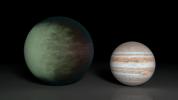
|
|||||

|
2015-12-10 |
Kepler Spitzer Space Telescope |
4534x2550x3 | ||
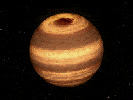
|
|||||

|
2019-01-07 |
Kepler Spitzer Space Telescope |
5120x2880x3 | ||
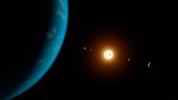
|
|||||

|
2019-01-07 |
Kepler Spitzer Space Telescope |
9019x5068x3 | ||
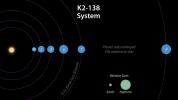
|
|||||

|
2019-01-07 |
Kepler Spitzer Space Telescope |
6000x3375x3 | ||
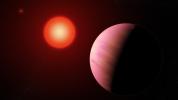
|
|||||

|
2017-12-13 |
MAVEN |
1920x1080x3 | ||
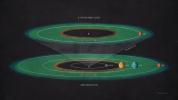
|
|||||

|
2004-03-08 | Sol (our sun) |
Mars Exploration Rover (MER) |
Panoramic Camera |
399x198x3 |
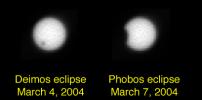
|
|||||

|
2004-01-10 | Sol (our sun) |
Mars Exploration Rover (MER) |
Panoramic Camera |
1600x1200x1 |
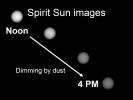
|
|||||

|
2004-03-11 |
Mars Exploration Rover (MER) |
Panoramic Camera |
1024x1024x1 | |
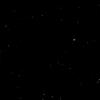
|
|||||

|
2004-03-12 |
Mars Exploration Rover (MER) |
Panoramic Camera |
1024x1024x1 | |

|
|||||

|
2004-03-12 | Sol (our sun) |
Mars Exploration Rover (MER) |
Panoramic Camera |
360x360x5 |
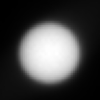
|
|
||||

|
2004-03-12 | Sol (our sun) |
Mars Exploration Rover (MER) |
Panoramic Camera |
360x360x5 |
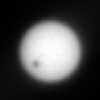
|
|
||||

|
2004-03-12 |
Mars Exploration Rover (MER) |
Navigation Camera Panoramic Camera |
1174x1041x1 | |
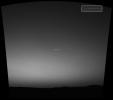
|
|||||

|
2004-03-13 | Sol (our sun) |
Mars Exploration Rover (MER) |
Panoramic Camera |
1080x360x1 |
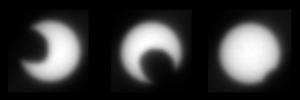
|
|||||

|
2010-12-27 | Sol (our sun) |
Mars Exploration Rover (MER) |
Panoramic Camera |
640x350x3 |

|
|||||

|
2010-12-27 | Sol (our sun) |
Mars Exploration Rover (MER) |
Panoramic Camera |
640x350x3 |

|
|||||

|
2015-07-10 | Sol (our sun) |
Mars Science Laboratory (MSL) |
Mastcam |
801x400x1 |
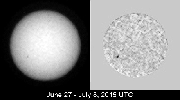
|
|||||

|
2015-07-10 | Sol (our sun) |
Mars Science Laboratory (MSL) |
Mastcam |
801x400x1 |
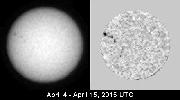
|
|||||

|
2011-12-23 | Pleiades |
MESSENGER |
MDIS - Narrow Angle |
508x512x1 |

|
|||||

|
2020-07-08 | Comet |
NEOWISE |
860x651x3 | |
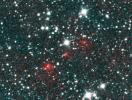
|
|||||

|
2021-08-31 |
NEOWISE |
360x360x3 | ||
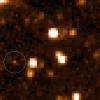
|
|||||

|
2013-12-19 |
NEOWISE |
NEOWISE Telescope |
2032x2032x3 | |
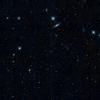
|
|||||

|
2014-01-28 |
NEOWISE |
NEOWISE Telescope |
660x308x3 | |
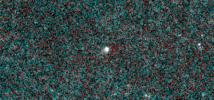
|
|||||

|
2014-07-23 |
NEOWISE |
NEOWISE Telescope |
728x585x3 | |
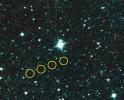
|
|||||

|
2014-07-23 |
NEOWISE |
NEOWISE Telescope |
1596x1080x3 | |
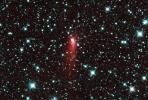
|
|||||

|
2014-08-07 |
NEOWISE |
NEOWISE Telescope |
2519x2519x3 | |
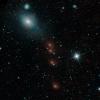
|
|||||

|
2015-03-26 |
NEOWISE |
1799x1799x3 | ||
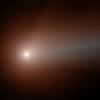
|
|||||

|
2017-04-11 |
New Horizons |
1700x2004x3 | ||

|
|||||

|
2017-04-04 |
New Horizons |
LORRI |
1024x1024x3 | |
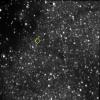
|
|||||

|
2017-07-19 | Kuiper Belt Object |
New Horizons |
LORRI MVIC |
559x345x3 |
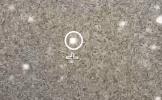
|
|||||

|
2017-08-04 | 2014 MU69 |
New Horizons |
2016x1628x3 | |
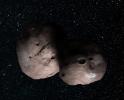
|
|||||

|
2017-08-04 | 2014 MU69 |
New Horizons |
2016x1628x3 | |
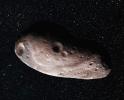
|
|||||

|
2018-01-04 | 2014 MU69 |
New Horizons |
2400x1200x3 | |
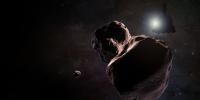
|
|||||

|
2024-02-14 |
NICER NuSTAR |
4800x2700x3 | ||
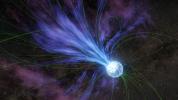
|
|||||

|
2012-06-28 |
NuSTAR |
NuSTAR |
1366x1024x3 | |
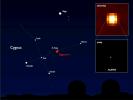
|
|||||

|
2012-10-23 |
NuSTAR |
NuSTAR |
3202x2402x3 | |
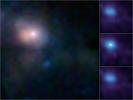
|
|||||

|
 |
 |
 |
 |
 |
 |
 |
 |
 |
 |

|
| 1-100 | 101-200 | 201-300 | 301-400 | 401-500 | 501-600 | 601-700 | 701-800 | 801-900 | 901-1000 |
| Currently displaying images: 401 - 500 of 1300 |